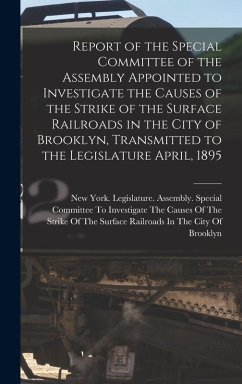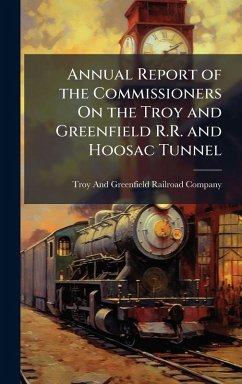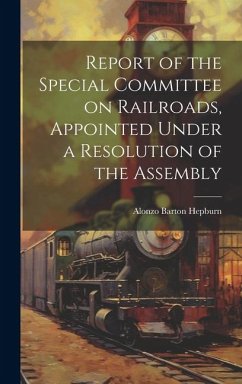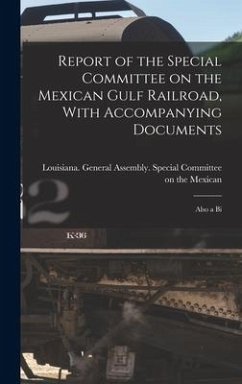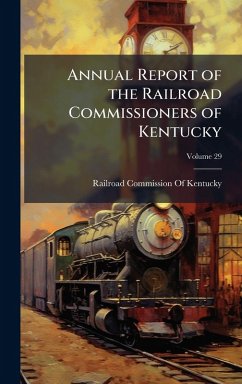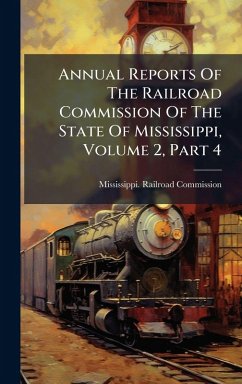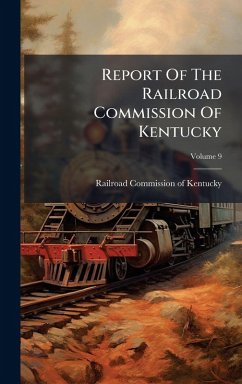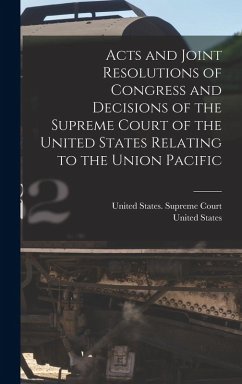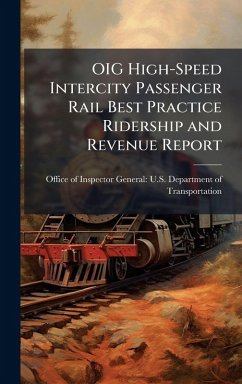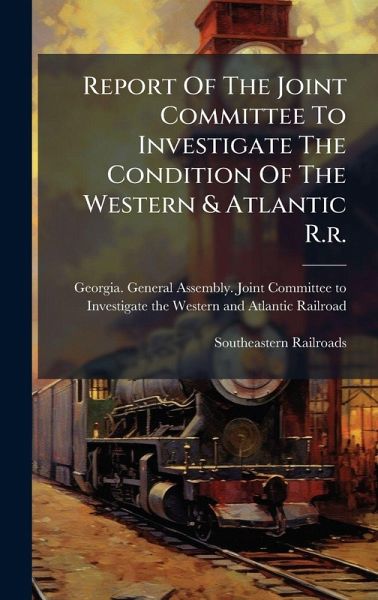
Report Of The Joint Committee To Investigate The Condition Of The Western & Atlantic R.r.
Versandkostenfrei!
Versandfertig in über 4 Wochen
28,99 €
inkl. MwSt.
Weitere Ausgaben:

PAYBACK Punkte
14 °P sammeln!
This is the "Report Of The Joint Committee To Investigate The Condition Of The Western & Atlantic R.r.," submitted to the two houses of the General Assembly of Georgia on Thursday, February 25, 1869. As Volume 3, Issue 13, this document provides a detailed examination of the Western and Atlantic Railroad's operational and financial status during a pivotal period in the state's history following the Civil War. The report offers invaluable insights into the challenges and opportunities faced by the railroad, which was a crucial transportation artery for the region. Readers interested in the hist...
This is the "Report Of The Joint Committee To Investigate The Condition Of The Western & Atlantic R.r.," submitted to the two houses of the General Assembly of Georgia on Thursday, February 25, 1869. As Volume 3, Issue 13, this document provides a detailed examination of the Western and Atlantic Railroad's operational and financial status during a pivotal period in the state's history following the Civil War. The report offers invaluable insights into the challenges and opportunities faced by the railroad, which was a crucial transportation artery for the region. Readers interested in the history of railroads in the southeastern United States, the economic conditions of the post-Civil War South, and the role of state governments in managing public infrastructure will find this report to be an essential primary source. It sheds light on the complexities of railroad management, governmental oversight, and the broader economic landscape of the era. This work has been selected by scholars as being culturally important, and is part of the knowledge base of civilization as we know it. This work was reproduced from the original artifact, and remains as true to the original work as possible. Therefore, you will see the original copyright references, library stamps (as most of these works have been housed in our most important libraries around the world), and other notations in the work. This work is in the public domain in the United States of America, and possibly other nations. Within the United States, you may freely copy and distribute this work, as no entity (individual or corporate) has a copyright on the body of the work. As a reproduction of a historical artifact, this work may contain missing or blurred pages, poor pictures, errant marks, etc. Scholars believe, and we concur, that this work is important enough to be preserved, reproduced, and made generally available to the public. We appreciate your support of the preservation process, and thank you for being an important part of keeping this knowledge alive and relevant.



